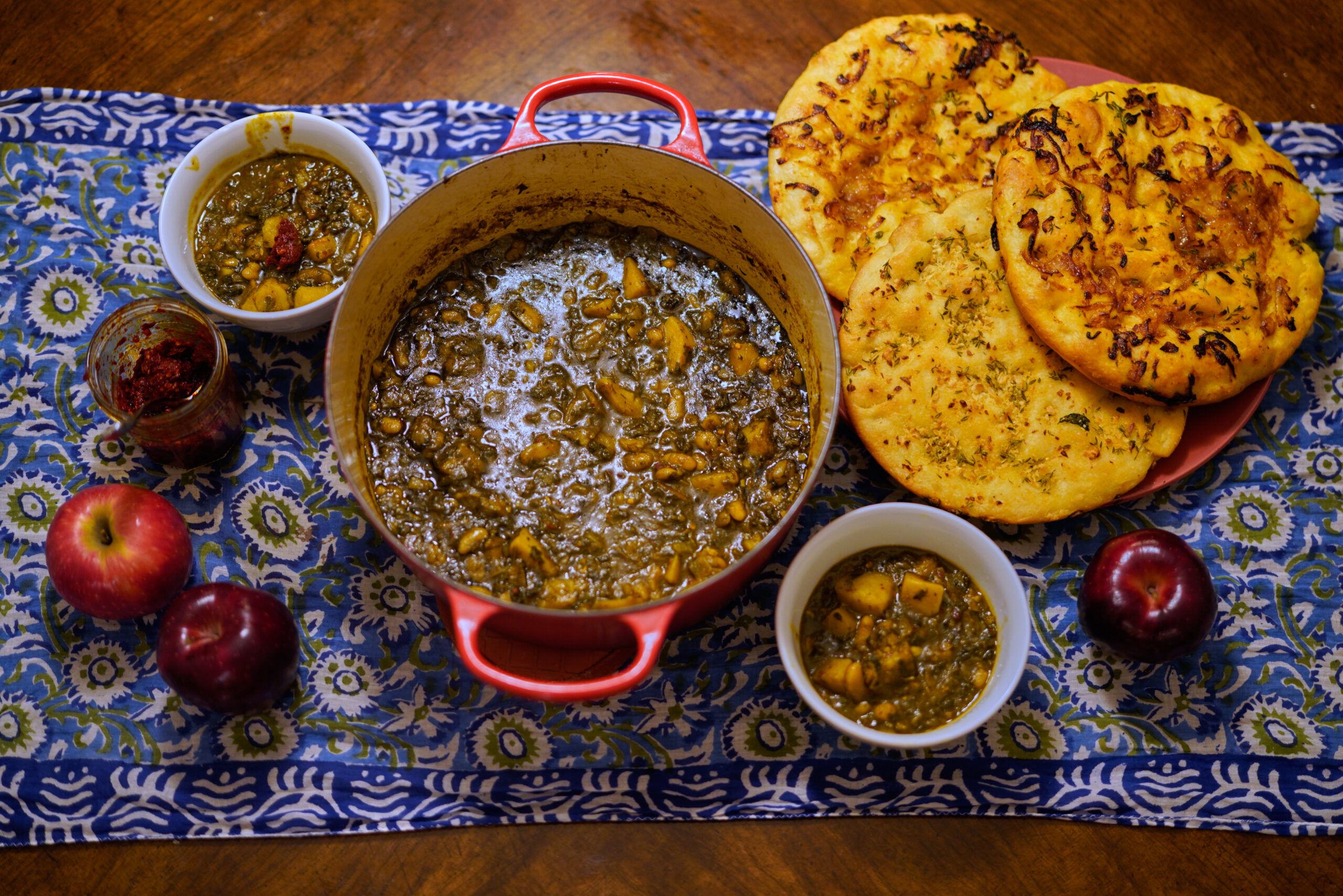This is Latinx Heritage Month. Latinx Jews in the United States are a diverse group with many ways of engaging with their heritage and identity. To celebrate this diversity, Be’chol Lashon is sharing several short profiles of some of the many Latinx Jews who are American Jewish leaders. This profile of Analucia Lopezrevoredo is the first in the series, please check back here to read the others.
Tell us a little about yourself
My name is Analucía (she/her/ella), and I am a proud Peruvian-Chilean-American Jewtina, born to an incredibly loving interfaith couple and proud of the many cultures that inform my vision of the world and complement my Judaism. El Mes de la Herencia Latina is one of my favorite times of the year. It not only gets us celebrating, it also gets us thinking about Latino/x heritage and multiculturalism. As a leader of a Latin-Jewish org, I see this month as THE month for showcasing the intersection of our two cultures.
We know there is a great deal of diversity within the broad category of Latinx. How do you identify or connect with Latinx heritage month?
When describing Latino/e/x heritage, I am thinking about people with an ancestral and cultural tie to Latin America.
If applicable, can you share a little about Jewish life in your country of origin or your ancestral home?
While Converso Jews arrived in Peru during the colonial era, it wasn’t until the 19th century that Jews from Central Europe immigrated to Peru to establish many of the communities we still have today.
Simultaneously during the 19th century, Moroccan Jews also emigrated to Peru as a result of the rubber boom, working in the Amazonic interior. During this time, many Jews married native women, and their mestizo descendants grew up in the local culture. Before and after WWI, Sephardic Jews from Turkey and Syria came to Lima seeking a fresh start. Today, Peru is home to approximately 2,500 Jews, most of whom live in Lima. In Lima, we have a Jewish day school, three synagogues, a Chabad, a JCC, and more. The community is tight-knit, and is home to a wide range of Jews from different observance styles. There is also a vibrant community of Jews in Iquitos–who are the descendants of the Moroccan Jews.
Having been born outside the US, now that you live in the United States, how do you connect with your country of origin or your ancestral home?
I was born in Peru, I’m a Peruvian citizen, I vote in Peruvian elections, I’ve lived and worked in Peru, I’m a native Spanish speaker, Peruvian food is central to my life, my father and close family live in Peru, and I spend about 1-3 months per year in Peru. Because of those ties and experiences, I feel the most connected to that facet of my identity. With regard to my Chilean identity, I don’t hold Chilean citizenship, but I have a lot of family there and I visit as often as I can. Outside of my national identities, I feel very committed to reconnecting to Sephardic communities from around the world and to my indigenous Quechua ancestry that I didn’t have access to growing up.
What excites you about Jewish life today?
There are more things that excite me about Jewish life today than ever before. It’s incredible to see how many grass-root organizations and initiatives are being led by Jews of Color (JOC), multicultural Jews, Jewish women, and LGBTQ Jews. Nowadays we also have an organization dedicated to building and advancing the professional, organizational, and communal field for JOCs, and
commissioning research about JOCs. We are at a time in history in which we’re finally seeing the power of our multiculturalism and seeing the gift of our intersecting identities as complementary components to our Jewish identity. I’m feeling excited, what about you?












